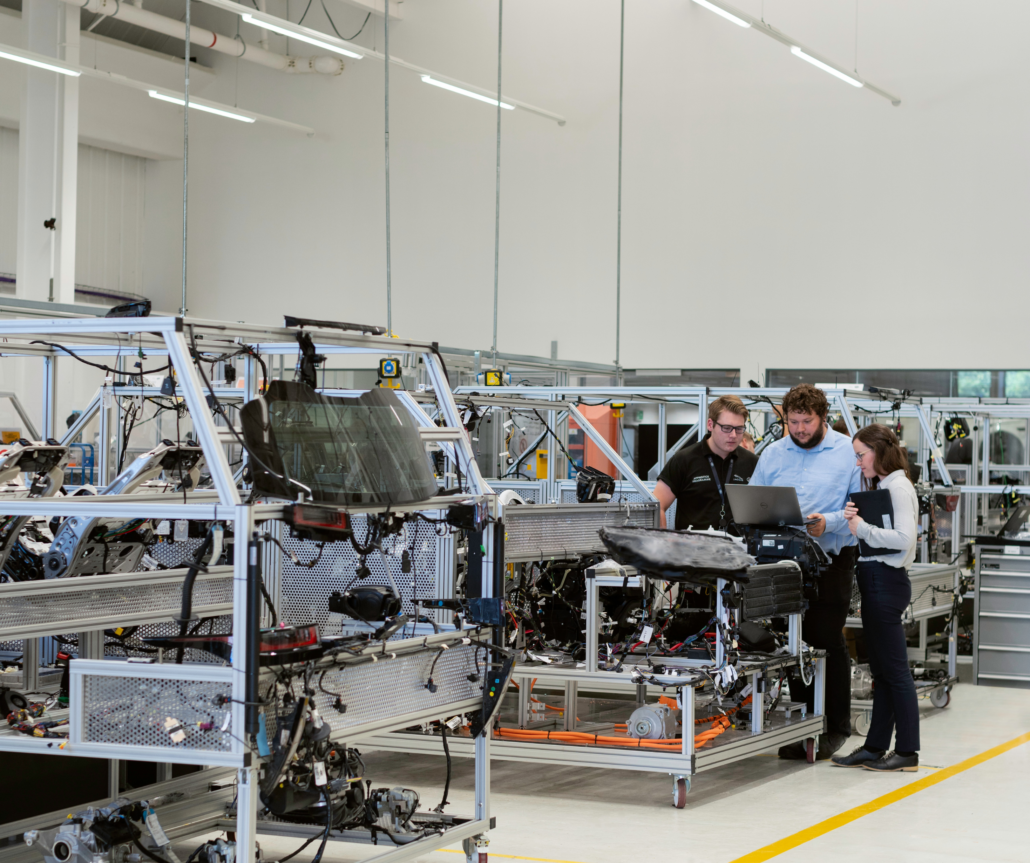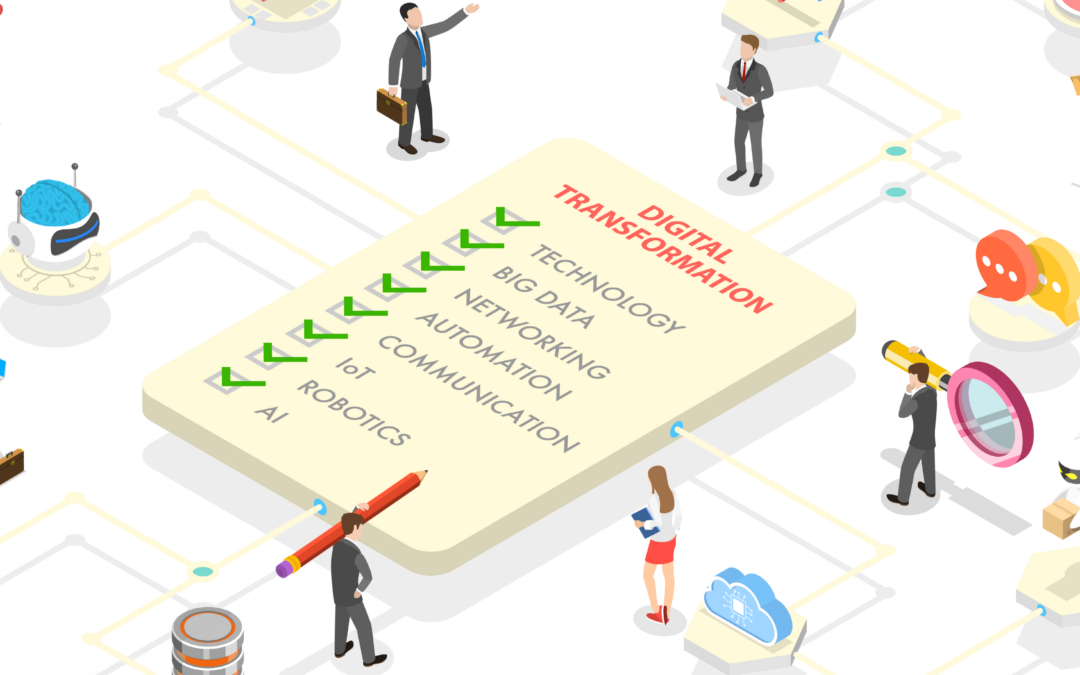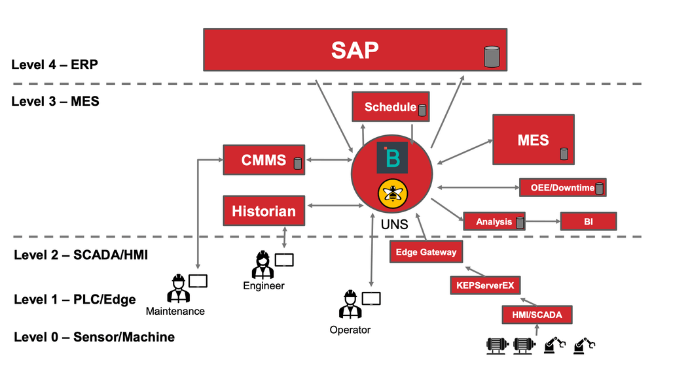Is AI Do or Die for your Company? Not yet
No, your company won’t die if you don’t jump into AI immediately…though reading the news might make you think so. However, it should be on your medium- and long-term roadmap. There is “gold in them there hills.” The companies that execute well on two major concepts significantly increase their chance of success.
Why It Matters
Some companies try to implement AI in their businesses, and spend months and years and a lot of money trying to get value from AI. Unfortunately, they struggle, not achieving what they set out to achieve. All the while, their competitors may be passing them up.
They have hired data scientists, they have bought software, they have mounds of data. But no matter what they do, they can’t get the value they expected.
These companies are missing the boat because they fail in one or both of the following areas. If they do these things, then the gold is as good as theirs:
1. The approach to AI is all wrong; and
2. They don’t have a broader, well organized digital change initiative (aka Digital Transformation, Digital evolution, etc.) under way.
Go Deeper
AI and the related sub-concept, Machine Learning (ML) are really valuable tools, when wielded in the right way and at the right time. They enable you to find patterns that humans can’t find in a wealth of data, forecast probabilities of certain events, and more.
However, AI is a mystery to many people. AI and ML are conceptually simple. They are the application of mathematics, specifically statistics, to finding patterns and then finding correlations in the data to solve problems. The difference between a human doing it by hand and a computer is obviously the computer can run many and varied processes very quickly on data sets and get answers far faster than a human…hence the sense of mystery to AI and ML.
How do companies get value from their data with AI and ML?
Approaches
Option 1:
Many companies try to start with:
- Academic data scientists,
- Writing a lot of code to wrangle disparate and dirty data, and then
- Build and run models on the data before they can get value.
This process can take a lot of time, the projects often lose their way and become science projects rather than projects with a well-defined beginning and end.
Option 2:
An alternative is to buy and use a black box ML tool that does all of the work for you, life is simple, and you watch the gold roll in. But you have absolutely no idea how it works, what it’s doing, and are limited to its capabilities.
Option 3:
Why not take what I refer to as the Goldilocks Approach. (Note: A la the English fairytale of Goldilocks and the Three Bears…not to hot and not too cold, not to hard and not to soft…she was always finding that nice middle ground that Baby Bear often occupied.)
“Goldilocks Approach”
Here is a quick summary of what it’s about:
Take that fail small and fast approach for the first 12 months with off-the-shelf tools and SMEs, build wins and political capital, then,
Dig in with more capabilities added to your staff, and keep the momentum going solving larger and more valuable tasks with stronger ML capabilities.
Within the first 12 months seriously consider these Do’s and Don’ts:
Do’s
- Make it part of a larger Digital Transformation initiative
- Get 2-3 small wins in the first year
- Use an off-the-shelf ML tools to start, gray box (proprietary but they give you some visibility into what’s going on inside) or white box (they’re very transparent on how the tool works so you can learn)
- Define the data available before choosing the use case/problem to solve
- Use unsupervised learning to understand the data, fine the patterns;
- Choose valuable, low complexity, well defined problem to solve AFTER you understand the data and confirm you have enough data to solve the challenge
- Start with simple models, don’t bite off more than you know how to chew
- Get your data in shape…i.e., get the company-wide digital initiative going with the right strategy and architecture in place (see below).
Don’ts
- Don’t relinquish decisions to the data scientists and data engineers, keep an AI-knowledgeable project manager or leader in the room for the major decisions
- Start from scratch in the first year with Python and your favorite code editor and ML libraries, that comes later, after multiple successes
- Use an off-the-shelf ML software tool where you don’t know what it’s doing and locks you in to its tool forever to get value from your datal
Get the Data in Shape
One of the topics mentioned above was getting your data in shape. Honestly, the data for AI/ML should already be in good shape if things were done right. (Note: By being in good shape I mean it’s clean, organized, contextualized, and normalized). If your data isn’t in good shape and ready to roll for AI and ML…then what to do? This is where the digital initiative comes into play. This topic could be a new post in and off itself. I’ll keep it real short since we talk so often about this.
To start, companies need deeper real-time visibility into their operations to solve the day-to-day tactical challenges and the larger strategic battles they face. Companies are asking us to give them everything from:
- Visibility into the status of their machines on the plant floor (is it running or not, and why not), to
- Connecting their supply chain (securely sharing data in real-time with customers and vendors/partners).
This is a significant change for most companies compared to what they have now. Most companies use paper and Excel files in the plant to communicate data from the ERP system. A major change or transformation is needed. We have seen too many companies take the ad hoc, “solve a problem every day” approach which leads to massive technical debt and negative inertia to accomplishing other major goals.
Instead, companies should be taking an approach as follows:
- Education: Start by educating the leadership and then the masses at the company that data is valuable and the company will strive to drive value from it;
2. Digital Strategy and Architecture: The company should have a statement from leadership that everyone follows moving forward; it defines that the company will drive value from their data across the organization, and briefly define how they will do it. An architecture should also be selected that is truly scalable, flexible, and based on open technologies (not proprietary…no vendor lock-in). Out of both of those concepts should then come the Minimum Technical Requirements (MTR). The MTR are then used to define open technologies to use in building the IIoT ecosystem across the organization, including requiring vendors and OEM’s to provide products that meet those basic standards. This ecosystem will connect EVERYTHING…that means machines, people, data systems, where each one of those are nodes in the ecosystem, and not at the center (i.e., the ERP is no longer the center of the manufacturing universe).
3. Solve Problems: Projects should be executed using an incremental or agile approach, one project at a time as a part of a greater whole (Digital Strategy, going down a defined roadmap), and most importantly, each project should be solving a problem…don’t implement technology for the sake of the technology.
Specifically, we implement the Unified Namespace (UNS) architecture which makes the data pretty much AI/ML ready…getting the data to your AI/ML tools is then straight forward.
(There is more information on these concepts on our web site and in our YouTube channel which is full of valuable, educational videos.)
I list these major concepts because if you’ve done this or you’re on the path then the success of your AI/ML efforts increase substantially because you’ll have:
- Well modeled data at the edge; data will already be clean, contextualized, normalized and ready to go…no major 80-90% data engineering effort required;
- The habit of executing projects to solve challenges one project at a time (fail forward fast).
Wrap-Up
In the last 2 weeks we talked with 2 sizable companies that have tried or are trying to get value out of ML. One has struggled, the other is trying to figure out where to start. Getting these concepts down, i.e., using a Goldilocks approach for AI/ML and getting their Digital Transformation in shape will provide a great foundation for being ready for AI/ML, and thereby give them a massive advantage against their competition.







